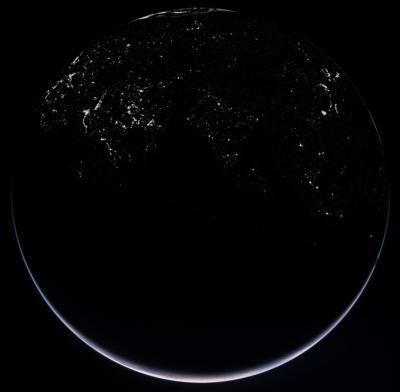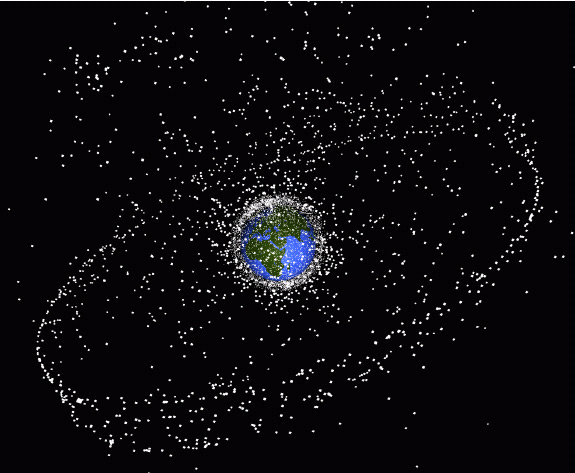flash wrote:So all the big planets in our solar system - Jupiter, Saturn, Uranus and Neptune - have rings. I wonder: Are all the rings equatorial? They certainly seem so from all the images I've seen of the rings of Saturn and the banding of the clouds... Further, all the rings seem to be in the same plane. I suppose that if all the satellites are orbiting in the same plane then the rings they create / shepherd would be in that same plane, but why equatorial? Is there evidence of a ring system in a more polar orbit somewhere? If not, why? If two rings were somehow created NOT in the same plane, how would they evolve?
Ring systems almost have to be equatorial, because the large gas planets they surround are significantly oblate. That means that an equatorial orbit is the only one that can be circular (a requirement for ring systems), and it means that tidal forces will actively keep the particles on the equatorial plane.
My mind wanders from rings back to spiral galaxies and their angular momentum... Well-formed spiral galaxies seem mostly planar (at least they are the farther from the galactic center you go). Although the scales are vastly different, could not the mechanism that causes spiral galaxies to be planar also be the same (or similar) mechansim that causes rings to be planar?
The vast majority of the mass of a spiral galaxy is not orbiting on any particular plane. The disc material that is presumably got that way because of non-gravitational forces that existed early in their formation process... the same reason that most of the bodies in the Solar System are roughly coplanar. In the case of galaxies, and of our Solar System, there are few if any forces acting today that keep things planar, which is not the case for ring systems.
If a star orbiting a galaxy is somehow perturbed out of the plane of the galaxy, is there not some restorative force (presumably from the vast mass of the other stars still in the plane) that causes it to rejoin them eventually? Is it not so also for a bit of ring debris?
There are no forces acting to keep or force stars into planar galactic orbits. Most of the stars in typical galaxies are in the bulge, where they are orbiting at random inclinations. As noted, tidal forces maintain planetary rings in equatorial orbits.
 Jupiters Rings Revealed
Jupiters Rings Revealed


